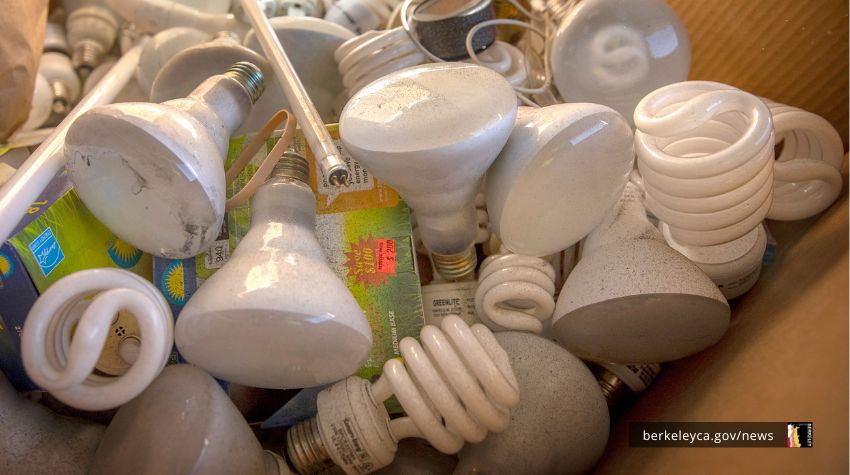Wood Smoke Rules
If you are bothered by wood smoke from an immediate neighbor, you are encouraged to use mediation to resolve your dispute.
If you are being disturbed by your neighbor’s smoke and they aren’t using a wood burning device accepted by Environmental Protection Agency (EPA) standards for smoke emissions, you have options to resolve your concerns.
You must begin with written communication and mediation to find resolution, before trying arbitration or going to court to resolve your dispute.
Requirements that must be met for complaints
- The neighbor must be using a wood-burning device not compliant with EPA standards or is burning inappropriate materials such as damp wood, trash, glossy paper, etc. Non-compliant devices are open-hearth fireplaces and older wood burning stoves that are not on the EPA’s list of compliant units.
- The neighbor causing the nuisance must live in either an immediate adjoining property, or across the street. Typical lots have 5 properties that are in contact with them and three properties that are directly across the street.
- There is no solid physical barrier (like a structural wall or another building) between you and the neighbor that is in the visual path from the chimney to your residence
- The neighbor’s chimney must be less than 120 feet from your habitable living space
If you are unable to reach verbal agreement with your neighbor, follow the resolution process:
- Initial Reconciliation: Send a written communication to your neighbor within 30 days of a burn that caused a nuisance to you. The initial reconciliation letter must describe the problem and must reference that you are following the dispute resolution process in BMC 15.16. Offer to discuss solutions that can work for both of you. Possible solutions may include changing the frequency, duration, or timing of wood burning; using the wood burning appliance during certain weather conditions; operating the wood burning appliance only when the complaining party is not at home; or finally, replacing the wood burning device with an EPA compliant device, or a non-wood burning device.
- Mediation: If the operator of the wood-burning device does not respond within 30 days of the initial written communication issued, send another written communication requesting mediation. If the wood burning appliance operator agrees to mediation within 30 days of the written request for mediation, the two parties shall find a mutually agreed upon mediator and should split the cost.
- Binding Arbitration: If the initial reconciliation and mediation do not resolve the dispute, you must offer to submit the complaint to an arbitrator. If the wood-burning device operator agrees to binding arbitration, a mutually agreed upon arbitrator shall be used.
- Litigation: If initial reconciliation and mediation fail, and binding arbitration has not been elected, the complainant may file an action in court.
Information to gather and include in dispute resolution process
- If your complaint needs to go to mediation, the mediation request letter should ask for mediation with a community mediator such as SEEDS Community Resolution Center (510) 548-2377 or email info@seedscrc.org
- When you go to a mediator, an arbitrator, or court, you should have proof that the distance between you and the chimney causing the nuisance is less than 120 feet. This proof could come from scaled maps or photos with a scale indicator or another similar method
- Pictures of the smoke generated from the neighbor’s chimney could be very helpful and may be advantageous to your case
- Other evidence that may assist your case include witnesses, expert opinions, etc.
For more information on wood smoke pollution, health effects and regulations governing wood-burning devices, visit the Bay Area Air Quality Management District's Wood Smoke and Fine Particulate Matter webpage.
News
Related BMC

